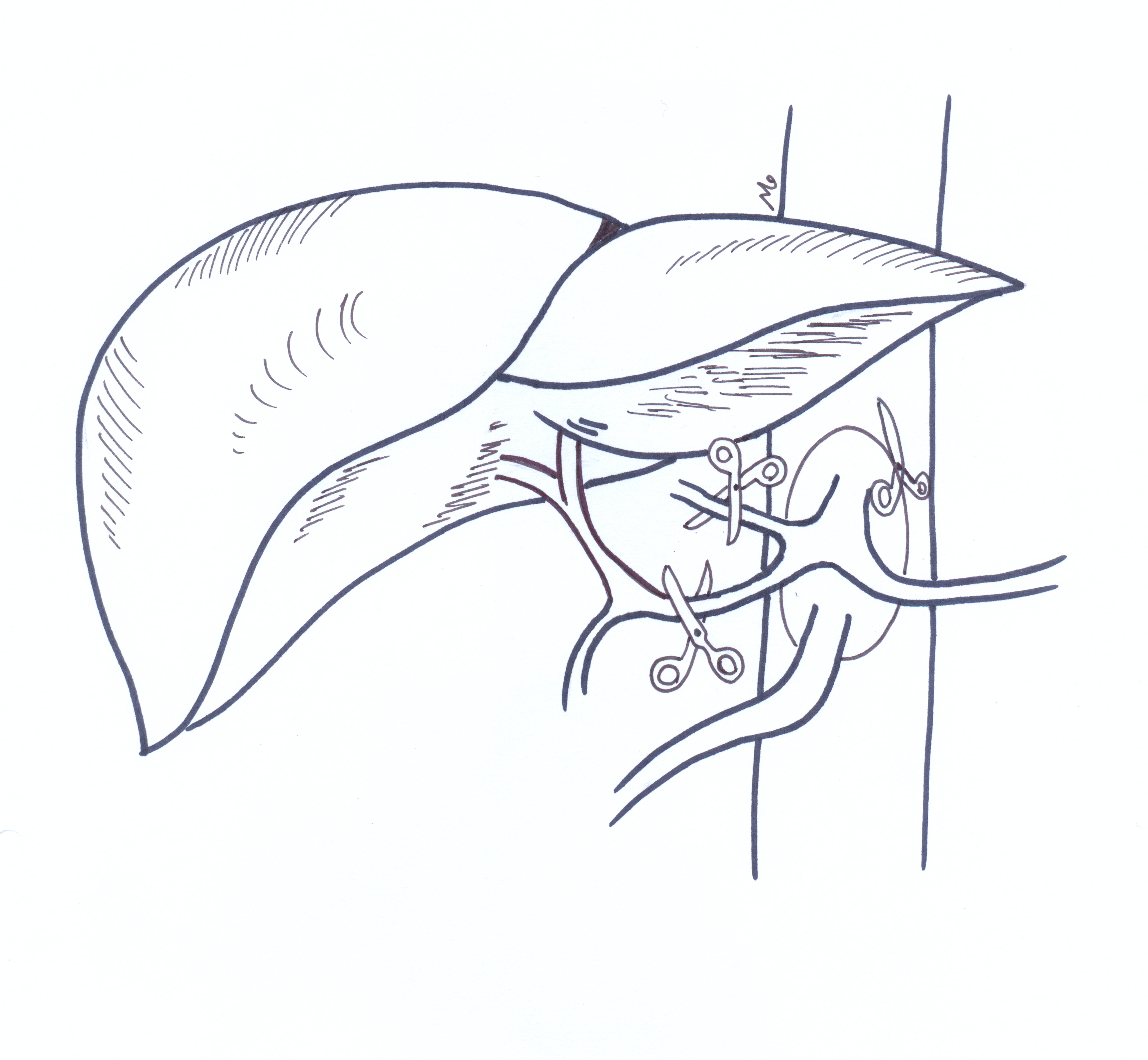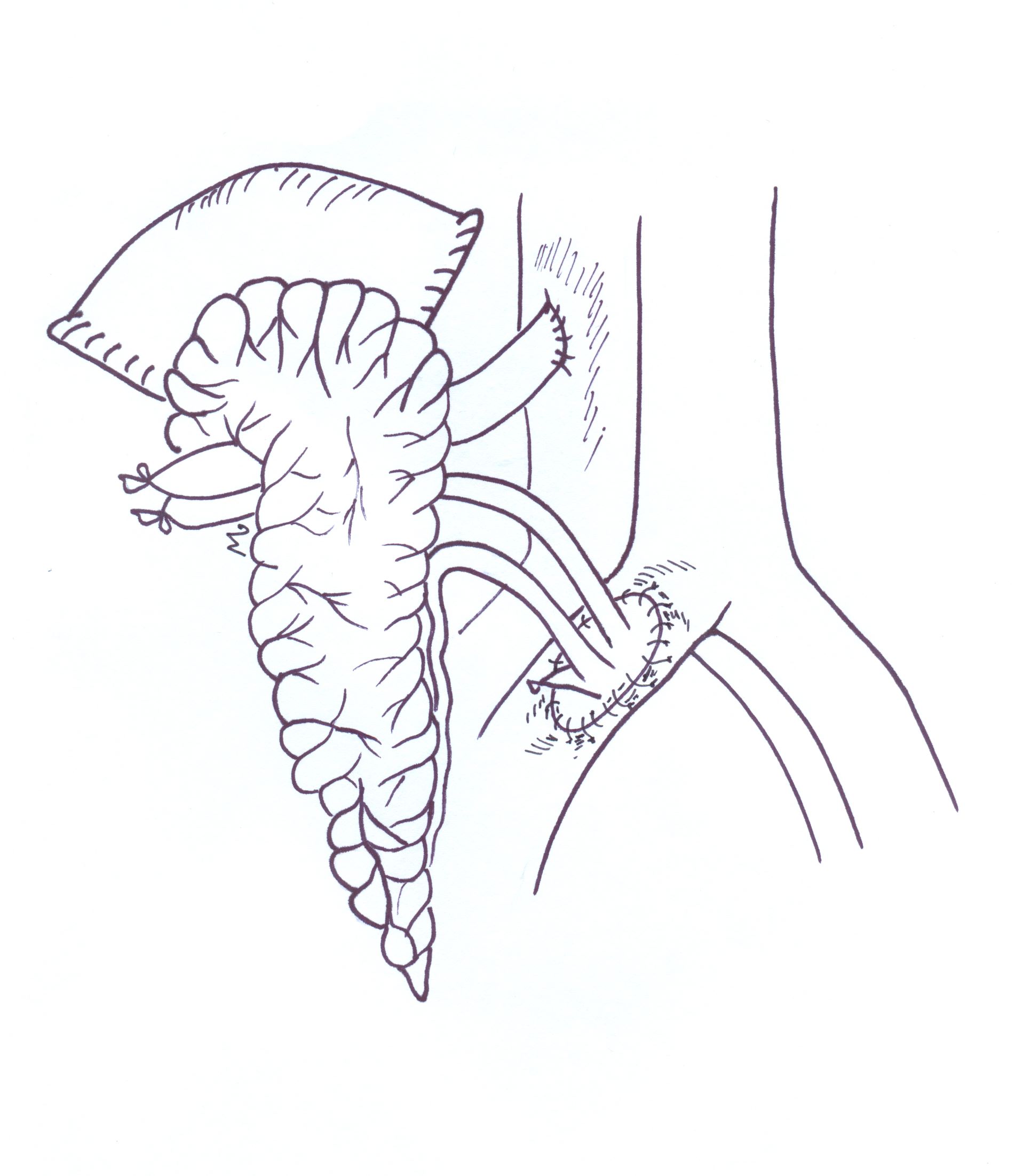
A novel approach for pancreas transplant with arterial patch
Alireza Shamsaeefar1, Sahar Sohrabi1, Mehran Jafari1, Sara Farifteh1, Hassan Mamoon Karar1, Mojtaba Shafiekhani1, Amirali Mashhadiagha2,3, Kiarash Afsharzadeh1, Maryam Esmaeili1, Mohammad Eslamian1, Mohammad Alikhani1, Pooya Vatankhah1, Ahmad Khalid Sanaei1, Fatemeh Khalili1, kourosh Kazemi1, Hamed Nikoupour1.
1Shiraz Transplant Center, Abu-Ali Sina Hospital, Shiraz University of Medical Sciences , Shiraz, Iran (Islamic Republic of); 2Student Research Committee , Shiraz University of Medical Sciences , Shiraz, Iran (Islamic Republic of); 3Transplant Research Center , Shiraz University of Medical Sciences , Shiraz, Iran (Islamic Republic of)
Introduction: Since 1966, when Kelly and Lillehei performed the first pancreas transplant (PT), the technique was changed several times. Owing to improvements in immunosuppression and achievements in surgical methods, better outcomes have been reached, and PT has been set as the treatment of choice for patients with concurrent diabetes mellitus and end-stage renal disease.
Methods: In Shiraz Transplant Center, many techniques and approaches for PT are recruited based on the graft and recipient’s condition; recently, a new approach has been examined. In this technique, the common hepatic artery is assigned to the liver during organ procurement (Figure 1). The celiac trunk and superior mesenteric artery are anastomosed to the common iliac artery on the common patch (Figure 2).


Results: Between 2021 April to 2022 February, fifty-nine PT was performed in which thirty-nine of them were with this approach. This leaded to a dramatic increase comparing to the numbers in the year before (30). The primary outcomes of this technique, including pancreatitis, rejection, and death, are significantly promoted and summarized in Table 1.

Conclusion: Via this method, thanks to reduced cold ischemic time and the number of anastomoses, due to the lack of need for Y graft, the outcomes and also numbers boosted remarkably. However, this technique should be implemented and examined in other centers.

right-click to download
